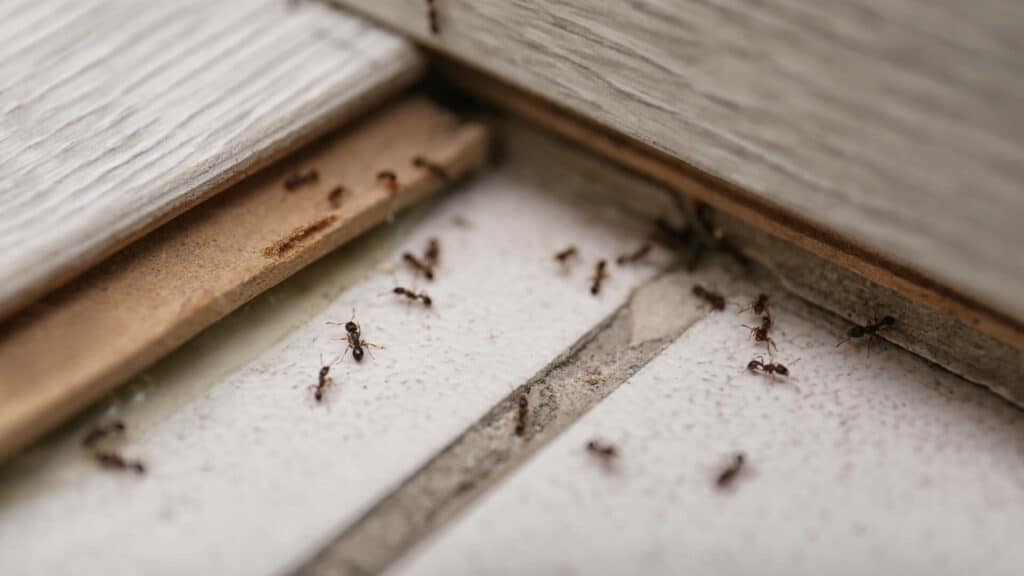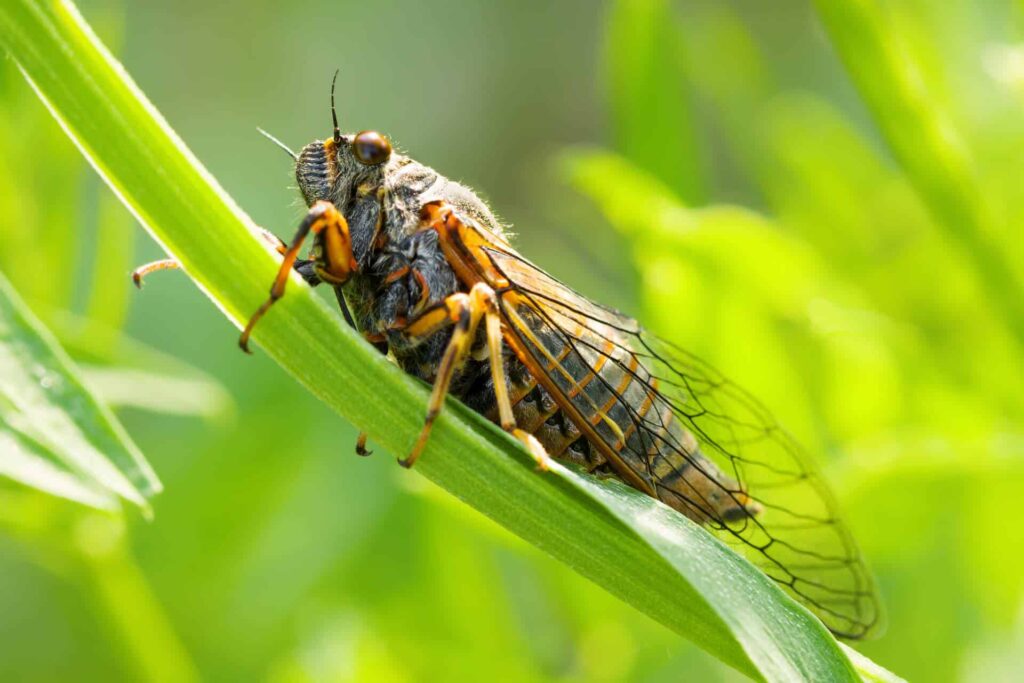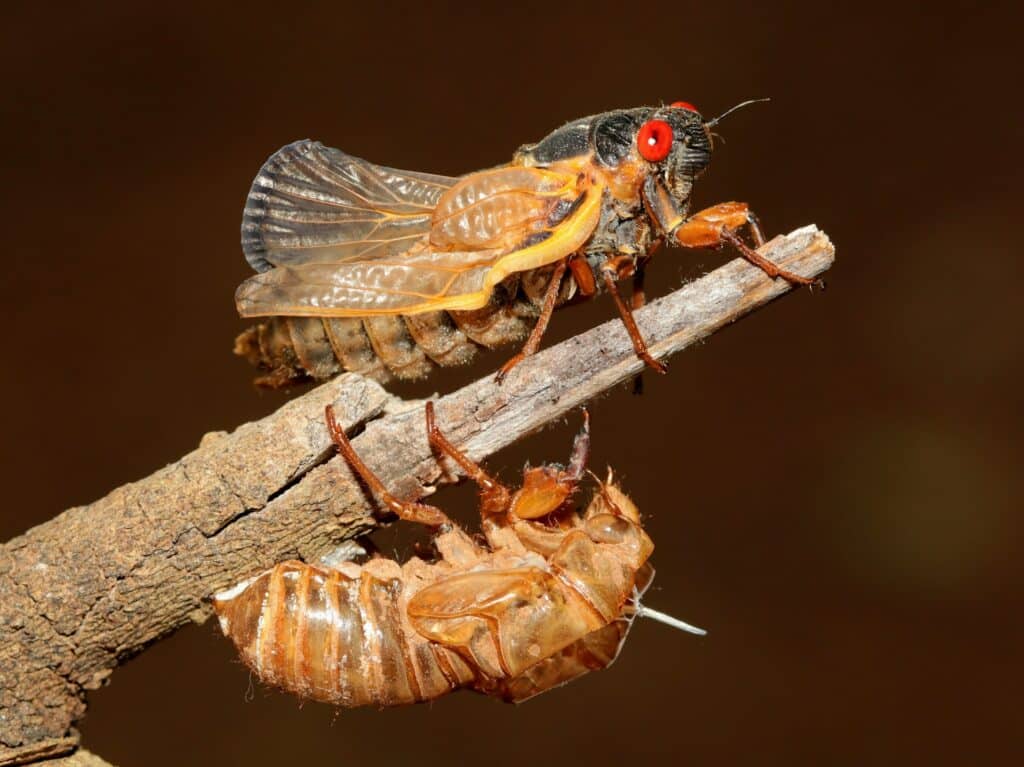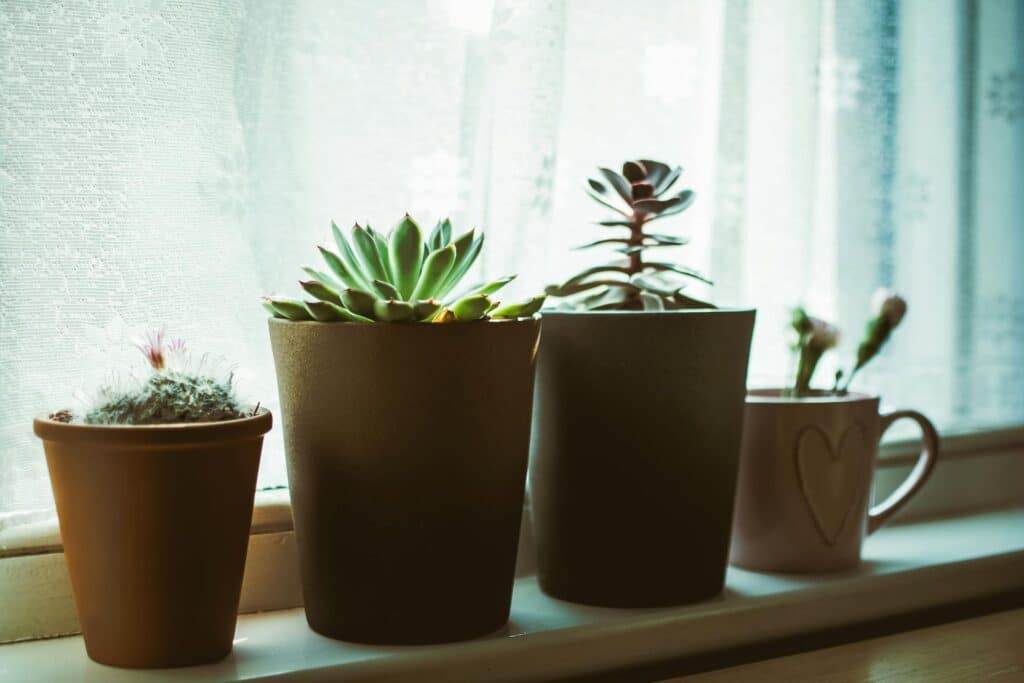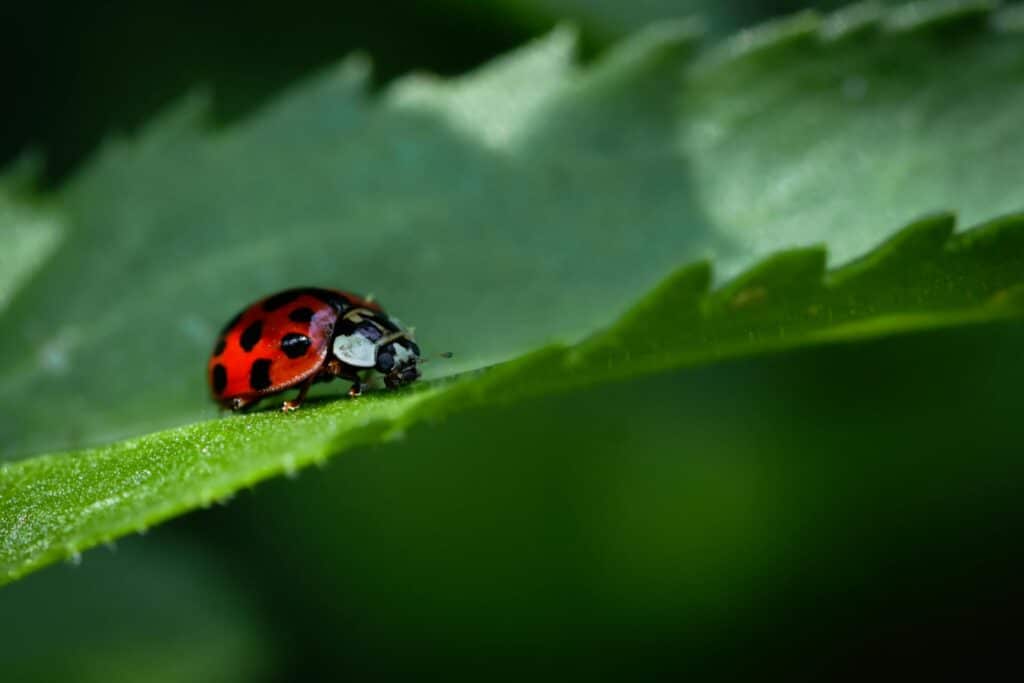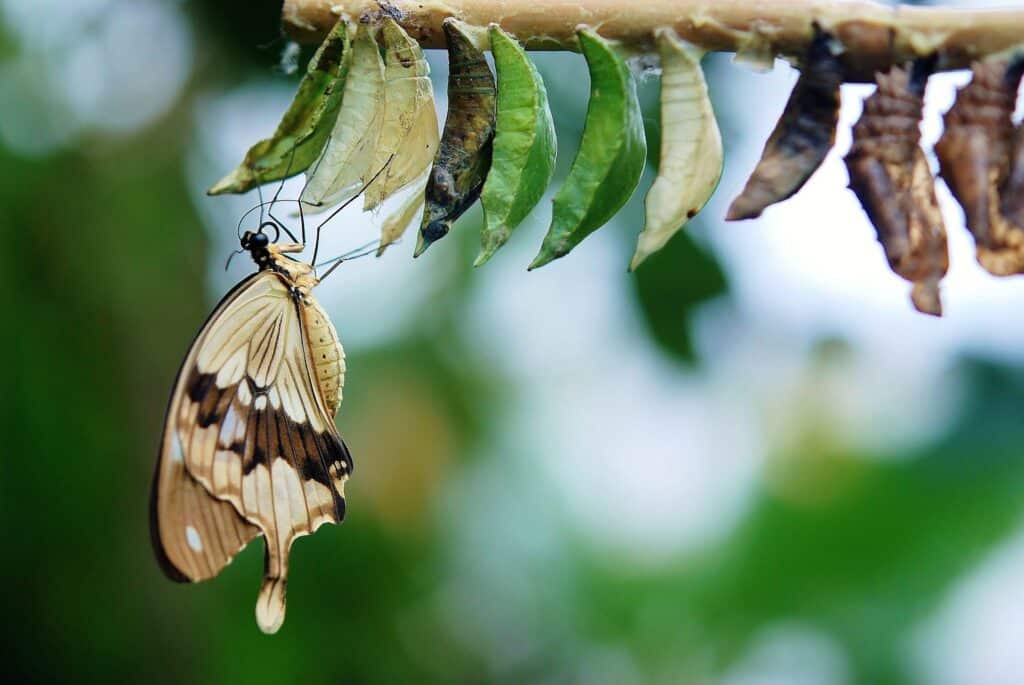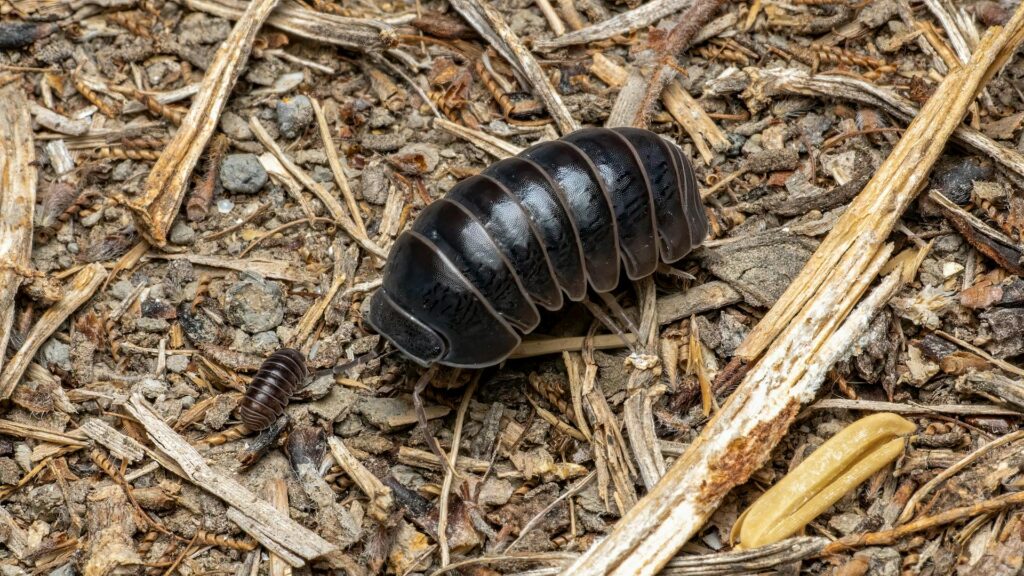Black flies are small, dark-colored insects that can become serious nuisances around homes, particularly during warmer months. Often confused with other small flying pests like gnats or fruit flies, black flies have distinct characteristics and behaviors that set them apart. These persistent insects are known for their painful bites and tendency to swarm around humans and animals. Understanding what black flies are, why they’re attracted to certain areas, and how to manage them effectively can help protect your family from these bothersome pests.
What type of species are black flies?
Black flies belong to the family Simuliidae and are small, robust flies typically measuring 1-5mm in length. There are over 1,800 species worldwide, with approximately 255 species found in North America. These insects are characterized by their dark coloration, ranging from black to dark gray or brown, with short antennae and broad wings. Black flies have a distinctly humped back appearance that distinguishes them from other small flies.
Unlike many indoor flying pests and other flies, black flies are primarily outdoor insects that develop in flowing water sources. Their larvae require clean, well-oxygenated water to survive, making them common near streams, rivers, and other moving water bodies. Adult black flies emerge from these aquatic environments and seek blood meals from mammals and birds to support egg development.
They’re most active during daylight hours, particularly in the early morning and late afternoon. Different species have varying host preferences, with some specializing in specific animals while others are more generalistic in their feeding habits. Their presence often indicates nearby water sources suitable for their reproduction.
Why do I have black flies in my kitchen?
Black flies in kitchens are typically drawn by food odors, moisture, and warm temperatures that simulate their preferred outdoor environments. Unlike fruit flies that breed in decaying organic matter, black flies are usually temporary visitors seeking food sources or shelter rather than establishing breeding sites indoors. They may enter through open doors, windows, or tears in screens, particularly during peak activity periods when outdoor populations are high.
Kitchen attractants include ripening fruits, vegetables, organic waste in garbage disposals, and any fermenting or decaying food materials. Standing water in sinks, plant saucers, or around faucets can also attract black flies seeking moisture. Additionally, bright lights and warm cooking odors can draw them from outdoor areas where they’re naturally active.
However, if black flies persist indoors despite removing obvious attractants, it may indicate breeding sites in nearby drains with organic buildup, though this is less common than with other fly species. Most kitchen infestations are temporary and resolve when outdoor black fly activity declines seasonally or when indoor attractants are eliminated. The key difference from other kitchen flies is that black flies typically don’t complete their lifecycle indoors under normal household conditions.
Do black flies bite?
Black flies bite and their bites can be quite painful and irritating. Only female black flies bite, as they require blood meals for egg development, similar to mosquitoes. Unlike mosquitoes that pierce skin with needle-like mouthparts, black flies use scissor-like mandibles to cut small wounds in the skin, then lap up the blood that pools in the wound. This cutting action makes their bites more painful than mosquito bites and often causes more bleeding.
Black fly bites typically result in immediate pain followed by intense itching, swelling, and redness that can persist for days or even weeks. Some individuals experience severe allergic reactions to black fly saliva, developing large welts, systemic reactions, or even “black fly fever”—a condition characterized by headache, nausea, and swollen lymph nodes. The bites often occur in clusters since black flies tend to feed in groups and are attracted to areas of exposed skin.
Black flies are persistent biters that can be difficult to deter once they locate a host. They’re particularly attracted to dark colors, carbon dioxide, and body heat, making outdoor workers and recreational enthusiasts frequent targets. Their aggressive biting behavior and tendency to swarm make them significant nuisances in areas where they’re abundant.
How quickly do black flies reproduce?
Black flies have a relatively rapid reproduction cycle that varies by species and environmental conditions, typically completing their development in 2-7 weeks. The process begins when fertilized females seek appropriate water sources—usually clean, flowing streams or rivers—to deposit their eggs. Females can lay 200-800 eggs in sticky masses attached to rocks, vegetation, or other submerged surfaces in moving water.
Eggs hatch within 4-30 days depending on water temperature and species, with warmer conditions accelerating development. The aquatic larvae, which look like small worms with fan-like feeding structures, attach themselves to rocks or vegetation in flowing water and filter-feed on organic particles for 2-6 weeks. They undergo several molts before pupating while still attached to submerged surfaces.
The pupal stage lasts 2-6 days, after which adults emerge and rise to the water surface in air bubbles. Adult black flies typically live 2-3 weeks, during which females seek blood meals and males focus on mating. Under optimal conditions with warm temperatures and abundant food, some species can produce multiple generations per year, leading to population explosions that create severe nuisance problems. The requirement for flowing water limits their breeding locations but can result in very high local populations near suitable aquatic habitats.
How to know if you have a black fly infestation
Identifying a black fly infestation involves recognizing both the insects themselves and their characteristic impact on humans and animals. The most obvious sign is the presence of small, dark flies that exhibit aggressive biting behavior, particularly around exposed skin areas like the face, neck, and arms. Unlike other small flies, black flies are persistent in their attempts to bite and don’t easily scatter when disturbed.
Physical evidence includes painful bite marks that bleed more than typical insect bites, often accompanied by intense itching and swelling that persists for days. You might notice clusters of bites, especially around the hairline, ears, and other areas where clothing doesn’t provide coverage. Black flies are most active during daylight hours, particularly in early morning and late afternoon, distinguishing them from mosquitoes that are more active at dawn and dusk.
Environmental indicators include proximity to flowing water sources where black flies breed, such as streams, rivers, or drainage areas. You might observe swarms of small, dark flies around these water sources or notice increased fly activity after periods of rain that create temporary flowing water. Unlike indoor breeding flies, black fly problems typically worsen during specific seasons and weather conditions rather than persisting year-round indoors.
How to prevent a black fly infestation
Preventing black fly problems requires both environmental management and personal protection strategies:
- Eliminate breeding sites: Remove or redirect sources of flowing water near your home, clear debris from gutters and drainage areas, and address any water features that might harbor black fly larvae.
- Use physical barriers: Install fine-mesh screens on windows and doors, wear long-sleeved clothing and pants when outdoors during peak activity times, and choose light-colored clothing that’s less attractive to black flies.
- Apply repellents: Use EPA-approved insect repellents containing DEET, picaridin, or oil of lemon eucalyptus on exposed skin, and consider treating clothing with permethrin for longer-lasting protection.
- Time outdoor activities: Schedule outdoor work and recreation during periods when black flies are less active, typically during midday heat or when wind conditions make flying difficult.
- Maintain clean environments: Remove organic debris from around your property, keep gutters clean, and eliminate standing water that might attract other flying insects that could be confused with black flies.
- Create air movement: Use fans on porches and outdoor seating areas, as black flies have difficulty flying in windy conditions and prefer calm air for feeding activities.
When to call a professional
When dealing with persistent black fly problems that continue despite implementing prevention measures, Aptive’s pest control experts can help. Our pest control service will perform a detailed inspection to assess the situation and develop a customized treatment plan based on the specific conditions attracting black flies to your property. We’ll identify whether you’re dealing with nearby breeding sites, moisture issues, or environmental factors that contribute to ongoing black fly activity around your home.
If you’re experiencing recurring black fly problems that interfere with outdoor activities despite implementing proper prevention practices, contact Aptive today for a free quote. Our experts will evaluate your specific property conditions and black fly pressure factors, recommending the most effective solutions to eliminate current populations and prevent future black fly problems through targeted pest control strategies.
